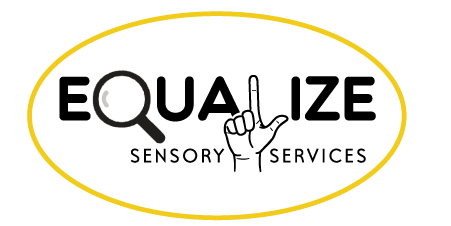By Jillian Morency, Teacher of the Deaf/Hard of Hearing
As we get into the thick of the 2024-2025 school year, I’d like to chat about some of the amazing new options for taking notes on oral lectures that are now available and easier to access than ever for our students with hearing loss!
As you may know, students with hearing loss should not be responsible for taking their own notes during oral lectures. Due to the challenges of simply listening, processing and understanding auditory information, the addition of taking one’s own notes can very easily cause students with hearing loss to fall behind. While trying to take notes, our students can become overwhelmed, they may write down incomplete or inaccurate information, or even give up entirely on attending to a lecture. Frequent frustration in these areas can lead to poor attendance at school and stress-related health complaints. For these reasons, students with hearing loss should only be responsible for active listening during lecture and alternatives to note taking should always be available.
In the recent past, we have relied heavily on the use of teacher provided outlines, guided notes, lecture notes, peer note takers and professional captioning services. While these resources continue to be helpful, thanks to AI and recent developments in technology, they are no longer our only options! Students today have many speech-to-text and note taking apps literally at their fingertips.
Teachers, parents and administrators can work to include the use of these apps on the student’s IEP, if appropriate. Not only are these apps more effective than ever, they are now easier to use and access. They are also much more affordable than many services that have been utilized in the past. While these apps should not be considered a direct replacement for professional captioning and transcription services such as CART, ADA and FCC compliant Vanan Services, Ava and more, they can be a very useful tool and bridge to understanding in the classroom.
Here is a partial list of some popular note taking resources. *The appropriateness of these tools should be evaluated on a case- by- case basis
Evernote, Otter.ai, Speechnotes, Microsoft One-Note, Apple Dictation, Fireflies.AICorp, Dragon Anywhere, iTranscribe, NoteGoat.
Of course, these resources are not infallible, but they are evolving quickly, and it is exciting to see the possibilities that they may hold for our students. Some may also offer helpful study programs and routines to make lecture participation more active and dynamic.
If you are interested in learning more about note taking and study tools for students with hearing loss or, if you feel that your students may benefit from the more in-depth support of a professional captionist or educational transcriptionist, please don’t hesitate to contact an Equalize Teacher of the Deaf and Hard-of-Hearing or reach out directly to your EC department to discuss the options that will be the best fit for your unique students and classroom.

